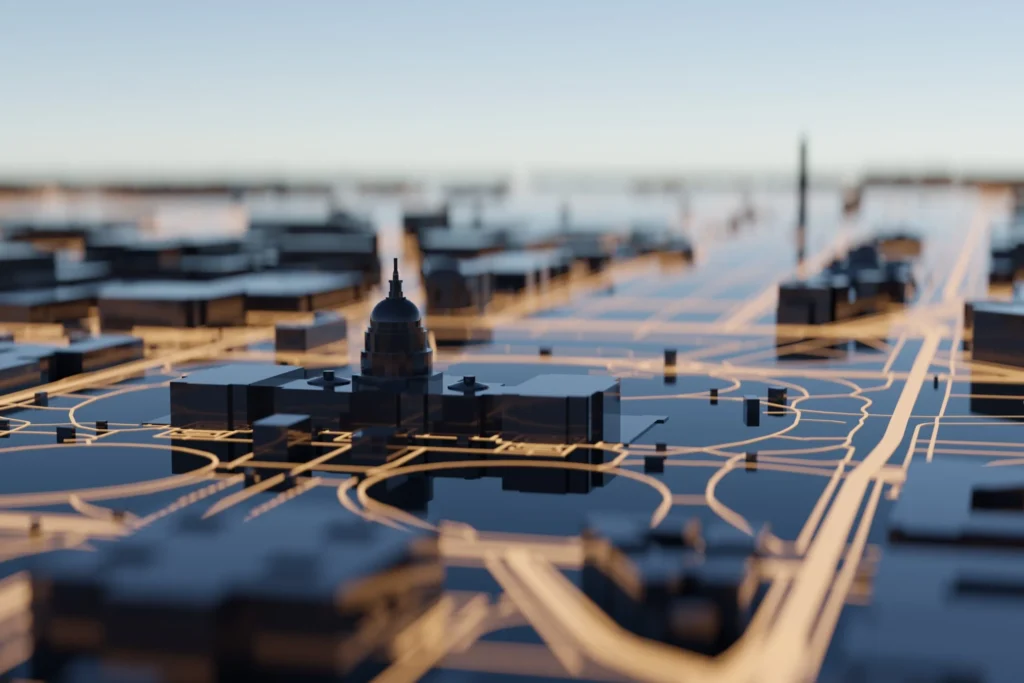To check the latest findings on nationwide broadband network performance during the pandemic, go to the NCTA COVID-19 dashboard.
More and more, Americans rely on a series of connected devices to stay informed, entertained, and safe. Notably, as FCC Chairman Ajit Pai stated, “this trend has only accelerated during the COVID-19 pandemic.” These devices, from laptops and tablets to hospital and industrial equipment, all operate using Wi-Fi technology. With 50 billion devices connected to Wi-Fi around the globe, it should be no surprise that by 2022, the amount of internet traffic generated in a single year is anticipated to be equivalent to the last 32 years combined.
As Wi-Fi use continues to increase each year, it is fundamental that U.S. spectrum regulations keep pace. Today, Chairman Pai announced that he will share a draft order that would establish new rules for the 5.9 GHz band, including making the lower 45 megahertz of the band available for unlicensed uses like Wi-Fi. The Commission will vote on these rules during its November 18, 2020 meeting.
With more Americans working, learning, and accessing telehealth services from home than ever before, a decision by the FCC to open up the lower portion of the 5.9 GHz band for Wi-Fi use would be a major step forward in addressing the country’s current and future connectivity needs. The 5.9 GHz band of unlicensed spectrum is particularly critical for Wi-Fi because, when joined with the widely used Wi-Fi band next door, it would create a new 160 MHz-wide channel that could be accessed in some existing Wi-Fi equipment with a software or firmware upgrade, quickly enabling gigabit Wi-Fi speeds and a broad range of other use cases. “When you ramp up the amount of Wi-Fi spectrum available, you can ramp up the amount of broadband bandwidth you can use,” said Chairman Pai.
Opening up the 5.9 GHz band would have other advantages, as well. Higher speeds would power everything from augmented and virtual reality and 3D video to diagnostic imaging. This augmented capacity would increase the ability to stream more services and leverage more technology and more innovation. In addition, it is estimated that opening just the bottom part of the 5.9 GHz band for Wi-Fi would generate more than $29 billion in economic benefits between 2020 and 2025.
Along with unlicensed access to the 6 GHz band that the FCC made available earlier this year, opening the 5.9 GHz band for Wi-Fi would create the wide-band channels needed to guarantee next-generation speed, efficiency, and capacity, and allow Wi-Fi to keep up with growing demand across the country. “The 5.9 GHz band can also help improve and expand broadband access in both rural and urban America. We have seen a preview of this potential during the pandemic,” added Chairman Pai. As the Chairman pointed out, the fact that the FCC has already made part of the 5.9 GHz band temporarily available for unlicensed use by wireless internet service providers, who quickly used the band to offer rural broadband access during the COVID-19 pandemic, demonstrates that more efficient use of this band is possible and can bring real benefits to Americans.
America’s cable ISPs applaud the Commission’s commitment to supporting next-generation Wi-Fi connectivity. At a time when Americans rely on Wi-Fi more than ever to work, learn, access health care and more, opening up part of the 5.9 GHz band for unlicensed use would offer nearly immediate access to next-generation Wi-Fi technology in existing equipment, and help bring gigabit speeds to those who need them most.









